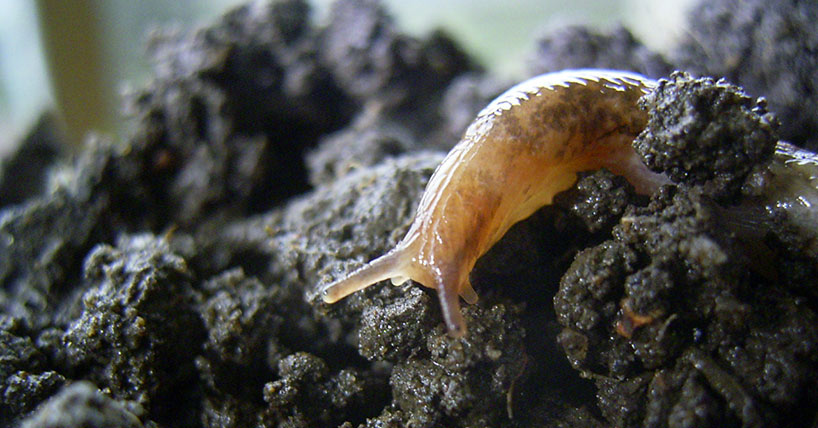slugs count
Highlighting citizen scientists' role in accurate slug identification
Published on: 29 July 2024
A new study has shown how effective citizen scientists are in accurately identifying species and gathering reliable ecological data.
Using data from a project focused on slug species diversity in British gardens, researchers aimed to understand the accuracy of species identification and its impact on calculating species richness, abundance, and diversity.
Publishing their findings in the journal People and Nature, the scientists analysed the differences between the identifications made by project participants and the experienced slug researcher to give a unique insight in to how often mistakes in identification were made.
Led by Newcastle University and the Royal Horticultural Society (RHS), the research team asked participants to carry out a torchlit search of their gardens once every four weeks, and to collect any slugs they found. Participants then attempted to identify them to species level, before sending them in to the researchers at RHS for identification. The scientists analysed the differences between the identifications made by project participants and the experienced slug researcher to give a unique insight in to how often mistakes in identification were made.
Their results show that the start of the project participants were correct in identifying slugs 47 – 56% of the time, but this improved to 59 – 70% by the end of the project.
Study lead author, Dr Imogen Cavadino, said: “It appears that asking people to self-define their abilities for identifying animals to species level may not be accurate, as some may over or under estimate their own level of experience and skill.
“People who had previous experience in identifying slugs were not more accurate than those who had never tried identifying slugs before taking part. However, everyone did become more accurate in identifying slugs throughout the year of participating in our project.
“Citizen science provided an effective approach to assess slug diversity across widespread geographic locations throughout a full year of sampling. Despite the complexity of the Slugs Count protocol, there was a high level of engagement throughout the study, and the resulting high-quality dataset contributes hugely to our understanding of the current status of slugs in British gardens.
“Our study shows that training and support can help people stay engaged with a project and produce useful results, even with a demanding procedure and tricky to identify study group such as slugs.”
There are over 40 species of slugs in the UK. A few species feed on garden plants, but most prefer to eat rotting material and could be considered a gardener’s friend.
In this study, a total of 20,374 slugs were collected by participants and identified to species by the investigator, representing up to 34 species.
The study shows the potential of citizen science in ecological studies, while highlighting the importance of expert involvement and participant support to ensure data accuracy and sustained engagement.
Reference
Cavadino, I., Port, G., Mill, A., Clover, G., Roy, H. E., & Jones, H. (2024). Slugs Count: Assessing citizen scientist engagement and development, and the accuracy of their identifications. People and Nature, 00, 1–16. https://doi.org/10.1002/pan3.10677




